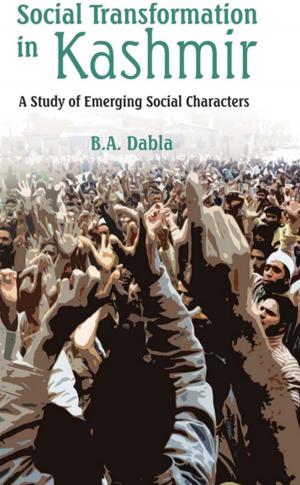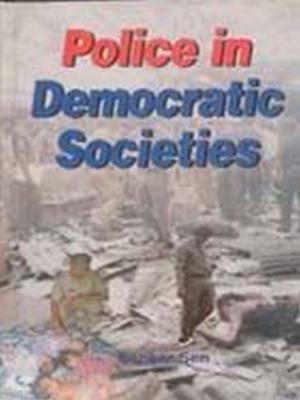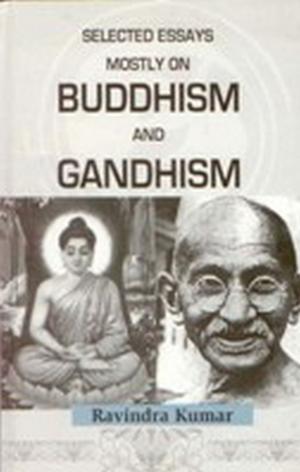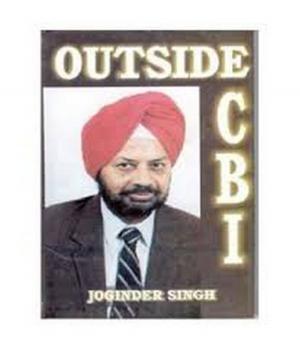Revitalising Indian Democracy
Nonfiction, Social & Cultural Studies, Political Science, Government, Democracy| Author: | Maj. Gen.Vinod Saighal | ISBN: | 9788121252768 |
| Publisher: | Gyan Publishing House | Publication: | June 30, 2012 |
| Imprint: | Gyan Publishing House | Language: | English |
| Author: | Maj. Gen.Vinod Saighal |
| ISBN: | 9788121252768 |
| Publisher: | Gyan Publishing House |
| Publication: | June 30, 2012 |
| Imprint: | Gyan Publishing House |
| Language: | English |
Vinod Saighal's Book compels attention for several reasons. To begin with the Model for Restoration of Good Government (MRGG), a universal model that he unveiled in October 1995 found resonance around the country and some parts of the world, including the United National. It was translated in to several languages. There are other firsts in the book. The Author has covered an amazingly large spectrum in pursuance of his single-minded quest for a better India. He brings to it a perspective that is original and refreshing. In fact, it is rare to find such broad spectrum analysis from a single source. Many of the formulations would appeal to audiences in countries facing similar decline in the functioning of their democracies. In a series of talks delivered in 2010, 11 and 12 (Reconciling Coalition Dharma, Good Governance, National Security; Is the Constitution being constitutionally Undermined? Judicial Activism : Panacea, Bane or Boon) the author highlighted the terminal degeneracy that has set in at the very apex of governance. In similar vein he has expressed the view that in spite of the judiciary being accused in government circles of over-activism, in actual fact the judiciary has been reluctant to intervene, merely lamenting the decline in governance in several of their judgments. He goes on to say that had the judiciary been more assertive the present decline in practically all areas of governance could have been arrested much earlier. Relating to hardened criminals becoming legislators, their combined strength in the Electoral College will soon be larger than that of the national parties. Should the present trend continue, by giving a call for unity amongst their fraternity, they could hypothetically place an arch-criminal in the Rashtrapati Bhawan in the not too distant future.
Vinod Saighal's Book compels attention for several reasons. To begin with the Model for Restoration of Good Government (MRGG), a universal model that he unveiled in October 1995 found resonance around the country and some parts of the world, including the United National. It was translated in to several languages. There are other firsts in the book. The Author has covered an amazingly large spectrum in pursuance of his single-minded quest for a better India. He brings to it a perspective that is original and refreshing. In fact, it is rare to find such broad spectrum analysis from a single source. Many of the formulations would appeal to audiences in countries facing similar decline in the functioning of their democracies. In a series of talks delivered in 2010, 11 and 12 (Reconciling Coalition Dharma, Good Governance, National Security; Is the Constitution being constitutionally Undermined? Judicial Activism : Panacea, Bane or Boon) the author highlighted the terminal degeneracy that has set in at the very apex of governance. In similar vein he has expressed the view that in spite of the judiciary being accused in government circles of over-activism, in actual fact the judiciary has been reluctant to intervene, merely lamenting the decline in governance in several of their judgments. He goes on to say that had the judiciary been more assertive the present decline in practically all areas of governance could have been arrested much earlier. Relating to hardened criminals becoming legislators, their combined strength in the Electoral College will soon be larger than that of the national parties. Should the present trend continue, by giving a call for unity amongst their fraternity, they could hypothetically place an arch-criminal in the Rashtrapati Bhawan in the not too distant future.















